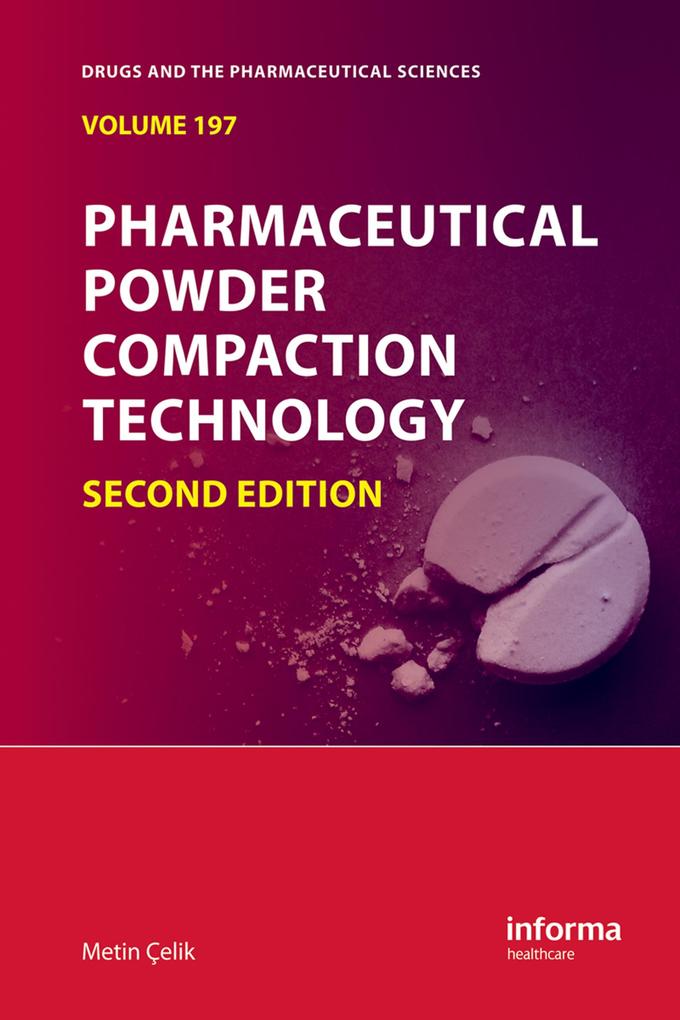Compaction of powder constituents-both active ingredient and excipients-is examined to ensure consistent and reproducible disintegration and dispersion profiles. Revised to reflect modern pharmaceutical compacting techniques, this second edition of Pharmaceutical Powder Compaction Technology guides pharmaceutical engineers, formulation scientists,
Inhaltsverzeichnis
Theory of Compaction: Intermolecular Bonding Forces: where materials and process come together. Compaction Data Analysis Techniques: Viscoelastic Models. Application of Percolation Theory and Fractal Geometry to Tablet Compaction. Post Compaction Data Analysis TechniquesIntrumentation and Equipment in Compaction: Tablet Press Instrumentation in the Research and Development Environment. Advanced Compaction Research Equipment: Compaction Simulators. Compactability Functionality Test. Role of Compaction in the Formulation and Process Development of Tabletting: Compaction Properties of Directly Compressible Materials. Lubrication Issues in Direct Compaction. Crystal Engineering and Particle Design for the Powder Compaction Process. Compaction of Combination Products. Quality by Design and Compression . Expert Systems and Their Use in Pharmaceutical Applications. Press-To-Press Scalability and Transitioning Factors.
























